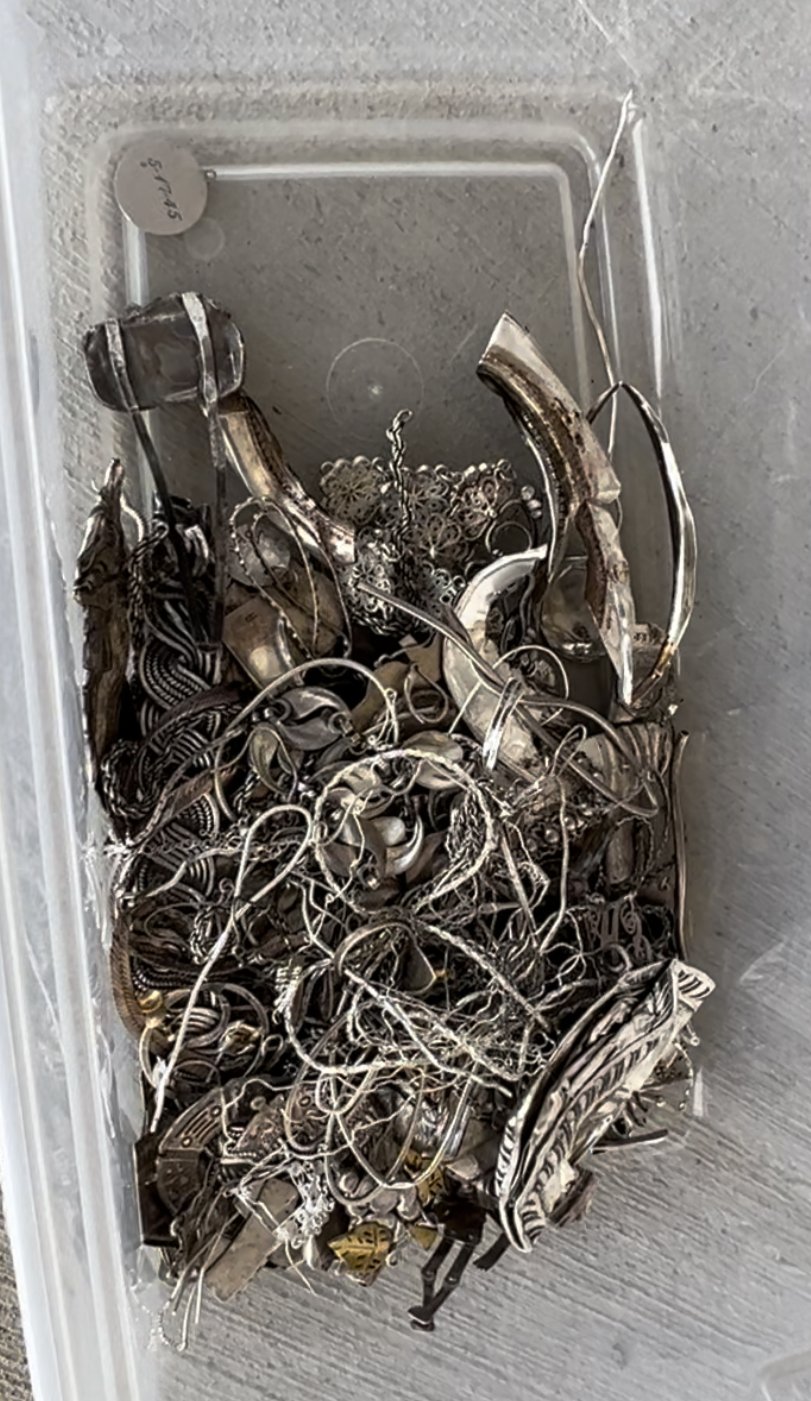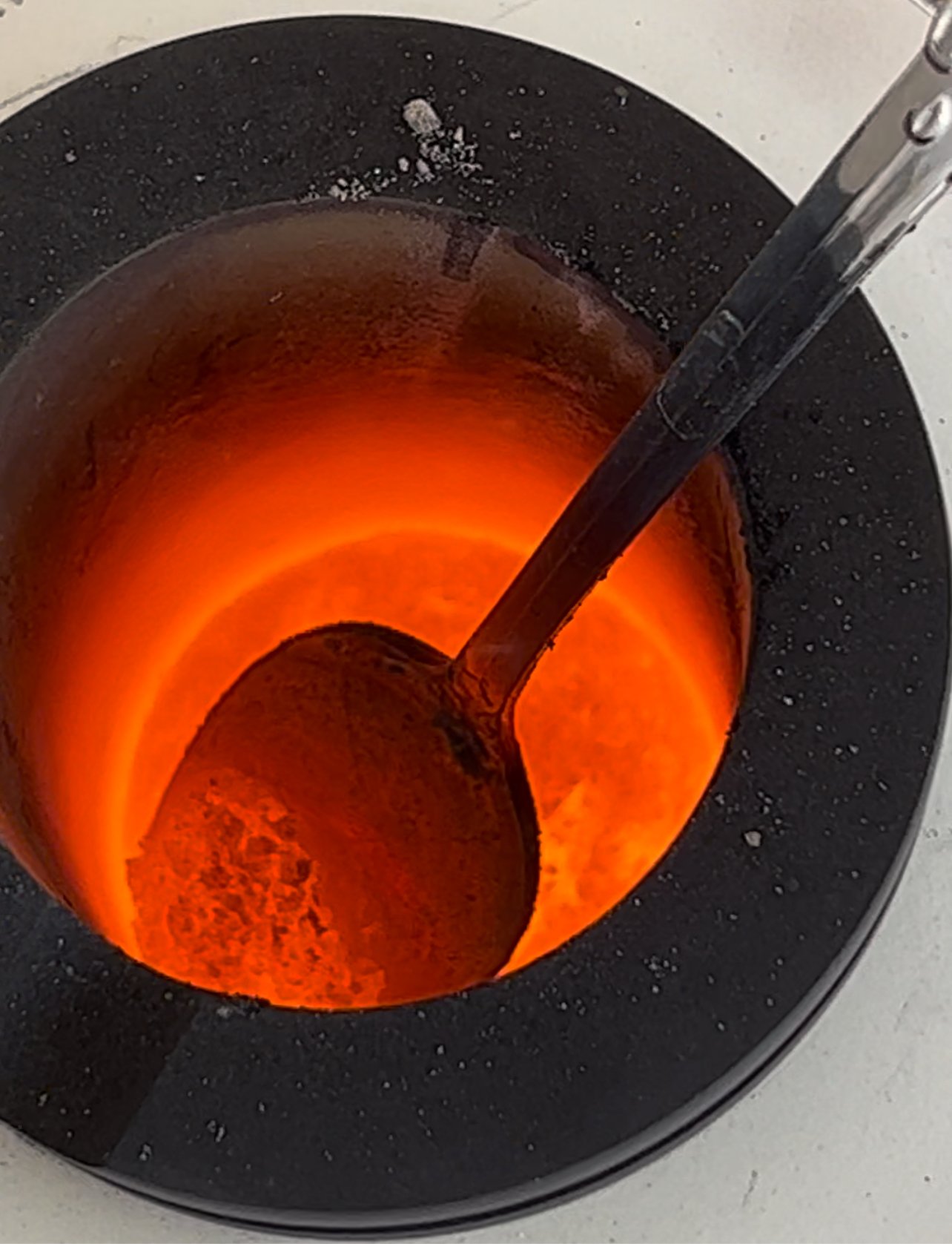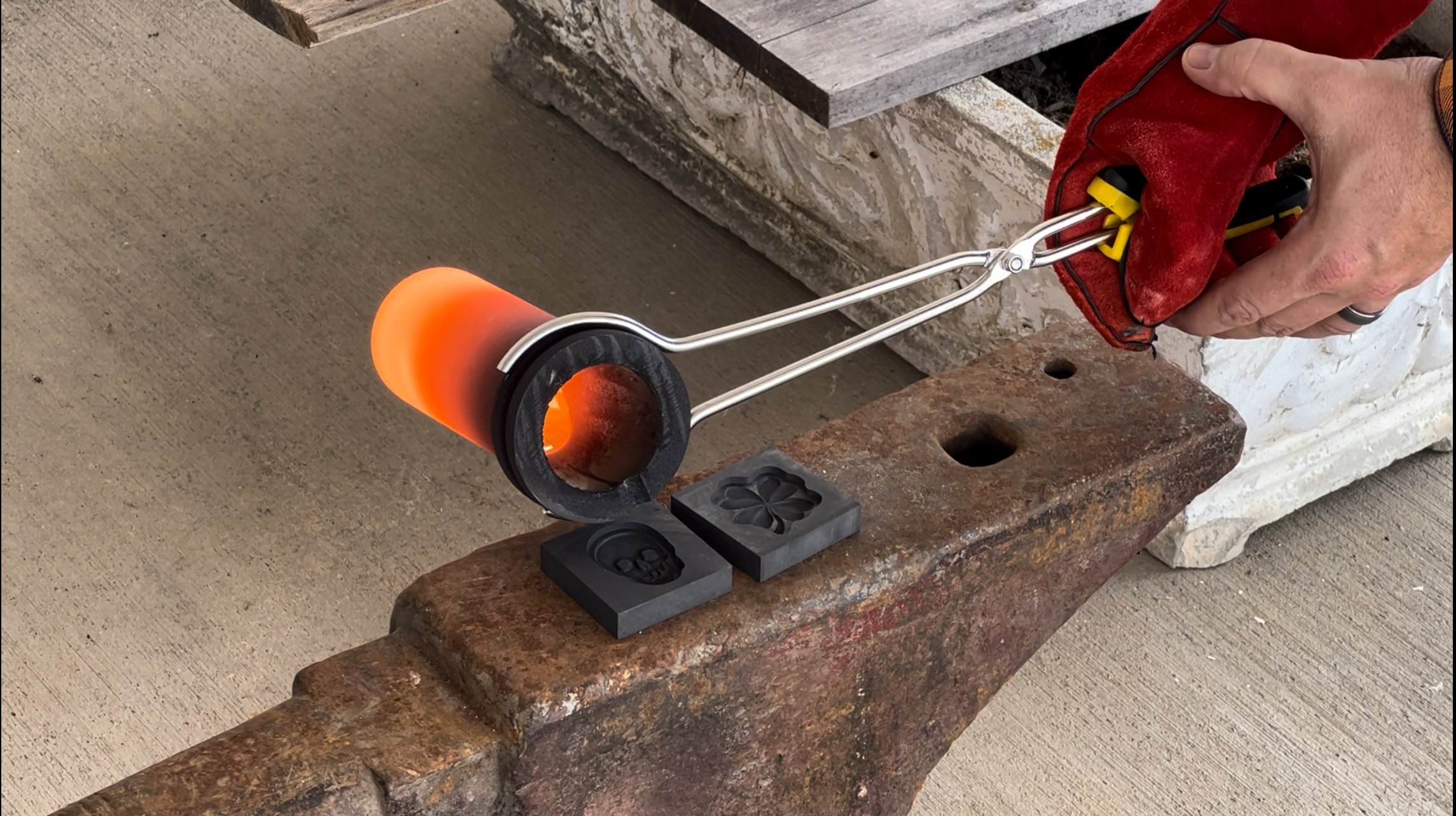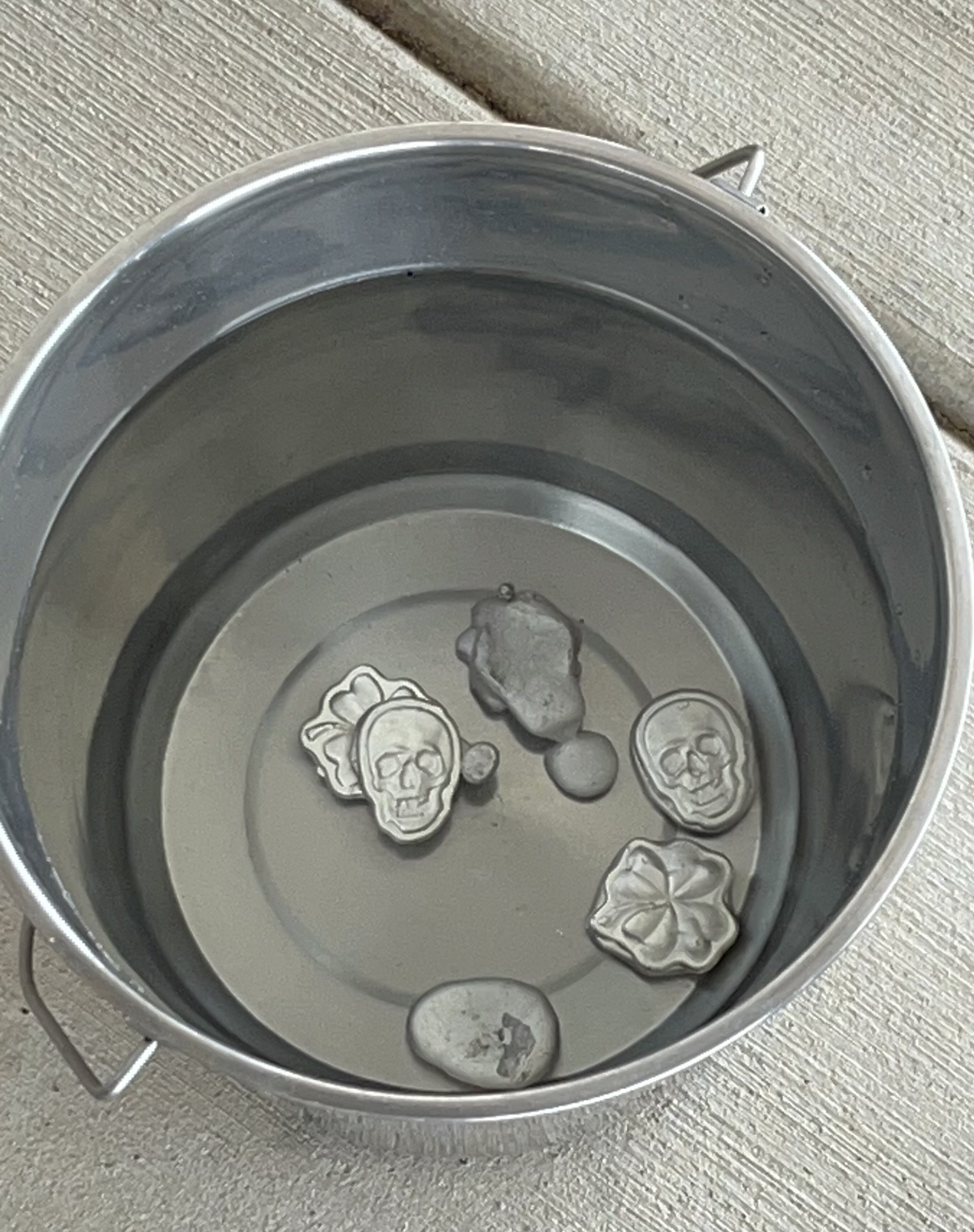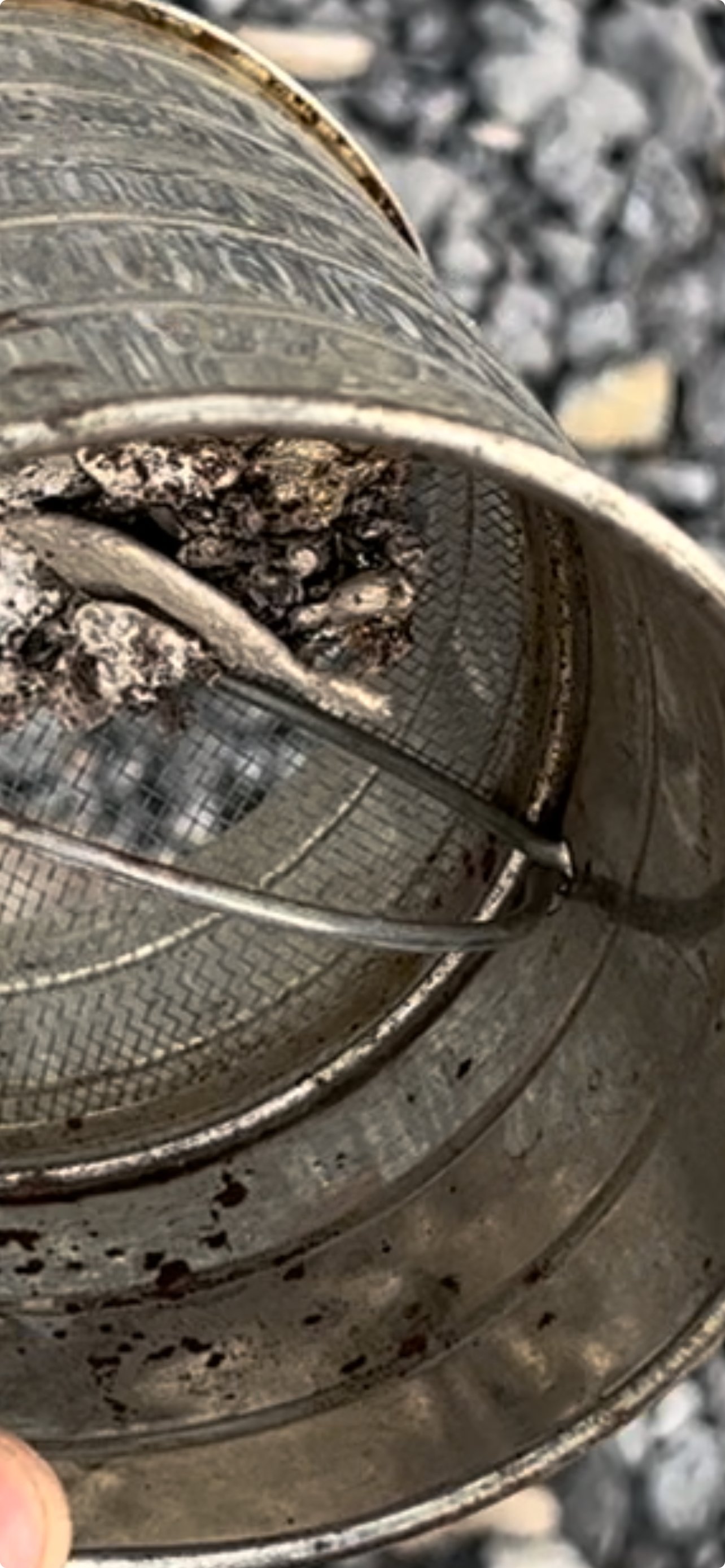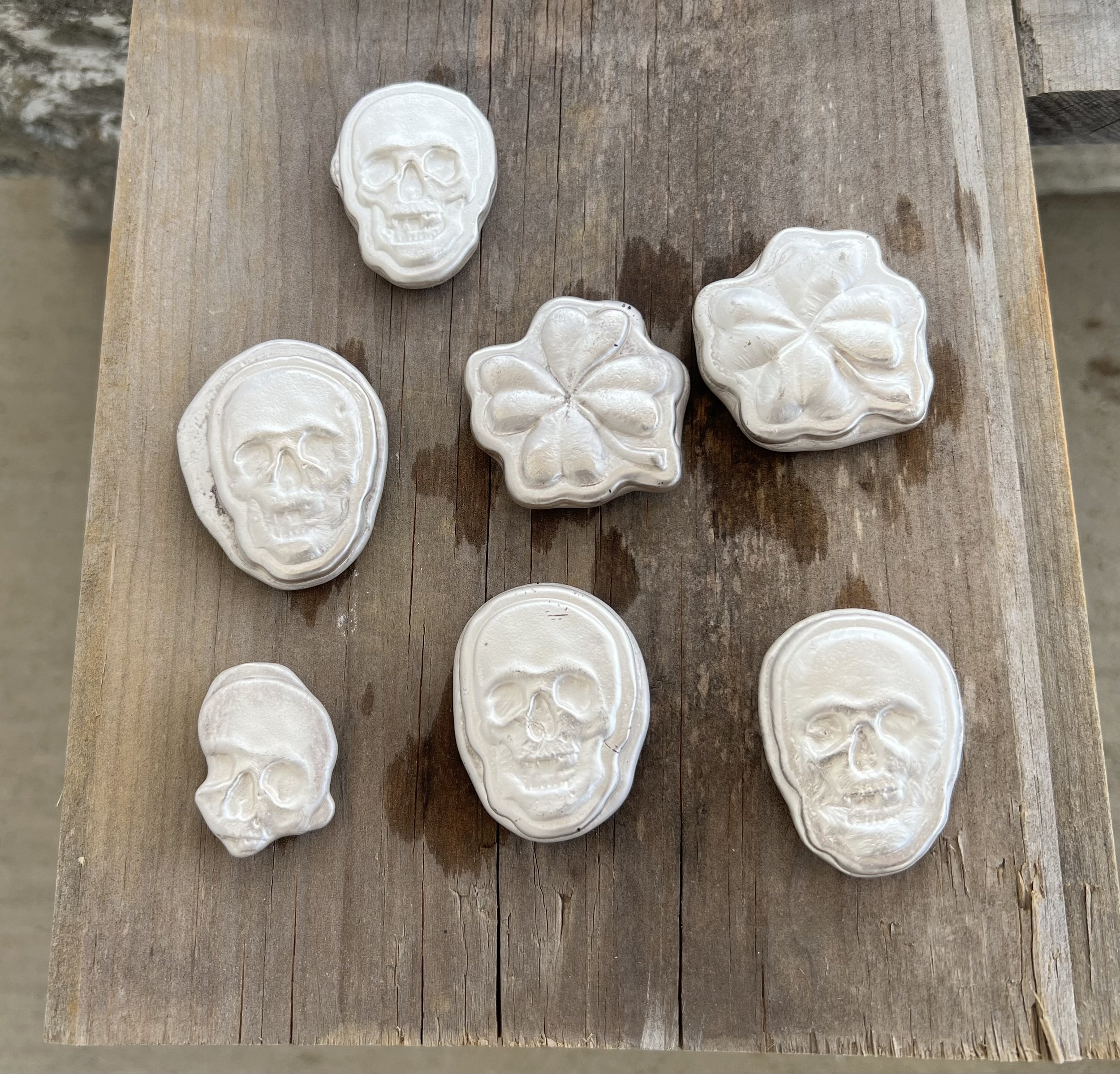Whoever Smelt It Dealt It: Adventures In Silver Casting
About a year and a half ago, I bought a small electric digital smelting furnace from Amazon with the intention of trying my hand at some basic metal casting. Why? Well, why not? As I have pointed out in the past, I’m not one who sees a complete lack of experience or only having a rudimentary knowledge about whatever topic we may be discussing as a deterrent to trying learn something new.
I don’t recall having a long-standing interest in metal casting, but at some point, the omniscient YouTube algorithms started regularly presenting me with offerings by various content creators who documented their metal casting projects and adventures. Typically, they dealt with aluminum, copper, bronze or brass. Occasionally they would work with other metals or alloys. I’m not sure why this is so fascinating to me. Maybe it’s an outlet for my inner mad scientist or pirate? Turning trash into treasure is certainly a satisfying concept. There is probably some deep symbolism to be ferreted out of the whole process of using heat to remove impurities, but let’s not get too fancy right now. It might kill the mood. Today is about living deliberately and finally making time to do something that I have wanted to do for quite a while. Let’s keep it primal.
I have been slowly accumulating scrap silver for a few years. Nothing over the top, but when an opportunity presents itself, I will buy what I can and set it aside. You never know when or where you might find something. Thrift shops. Estate sales. Yard sales. On the ground in parking lots. Online or in-person auctions. Some of it is in a useful form such as jewelry, salt and pepper shakers, dishes, candle holders, utensils, cups, etc. Some of it is purely scrap. My goal is to buy it all at scrap prices or lower, if possible. I buy it, sort it, and set it aside for later. When sorting, be mindful that silver items have different compositions and contain different percentages of silver. Among the most common are sterling silver (0.925 or 92.5%) and coin silver (0.90 or 90%). I don’t see a need to recycle the usable items so they are spared. They get a stay of execution. At least for now.
I’m not going to do a step by step breakdown, but below are a few pictures of the key points of the process. I have a little bit of video of the different phases and may try to put it all together if the quality is high enough. If I do, keep in mind that I’m no cinematographer (of course, that won’t stop me from trying).
I have to say, this was a lot of fun and I will be doing it again in the near future. I was delighted that I didn’t catch myself on fire. I have a friend who has a machine that tests the precious metal composition of objects and I am curious to see the effect that the process had on this batch of sterling silver.
Mixed sterling silver ready for the crucible
Silver loaded into the crucible while the furnace heats up
Slag separating from the molten silver
First molten silver pour
Ingots after being quenched
Silver slag is sifted and silver is recovered
Recovered slag silver will be set aside and remelted at a later date
Silver ingots could be polished if desired, but I like the raw look for these
What is the composition of sterling silver?
92.5% Silver (Ag) and 7.5% other metals (usually copper (Cu))
What is the melting point of silver?
1763ºF (961.8ºC for the metric folks out there)
What is the melting point of copper?
1984℉ (1085℃)
Why does it matter?

